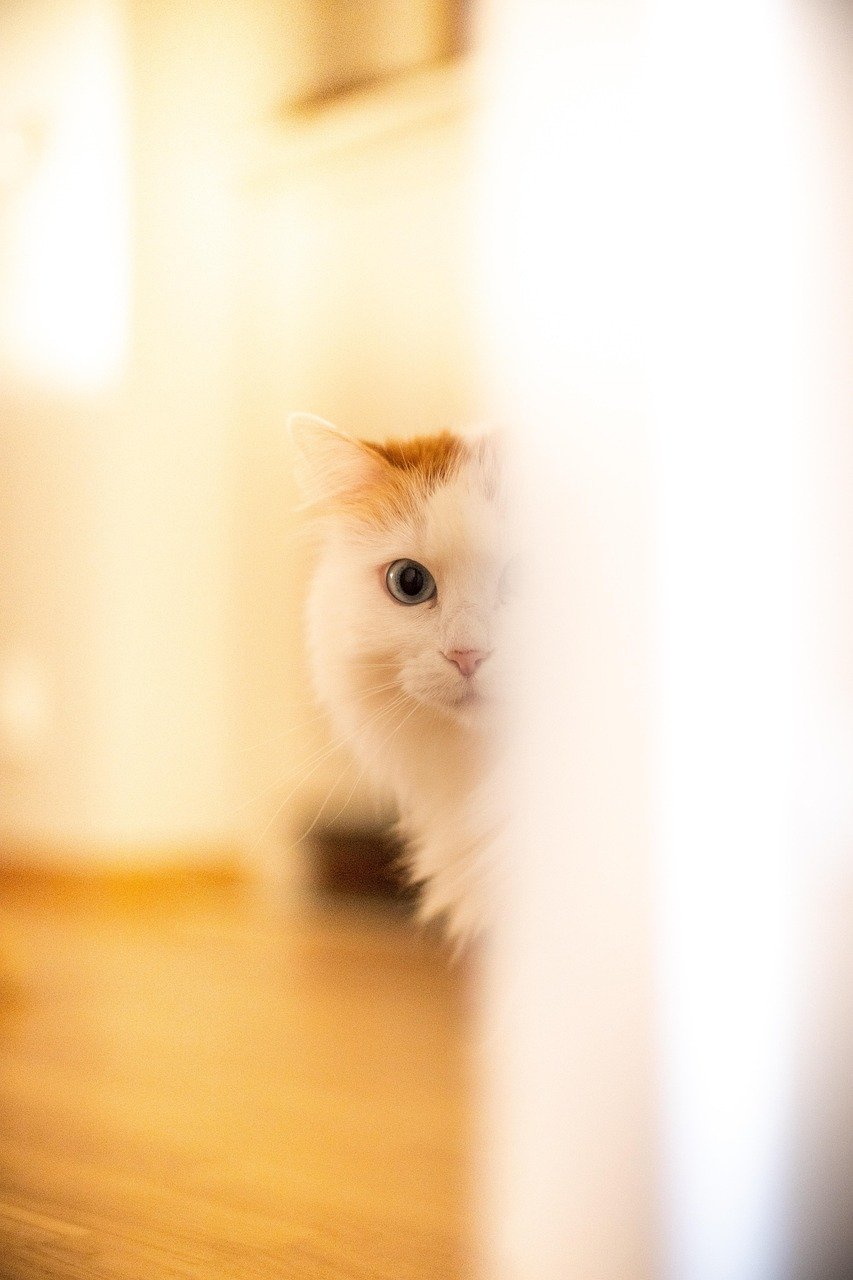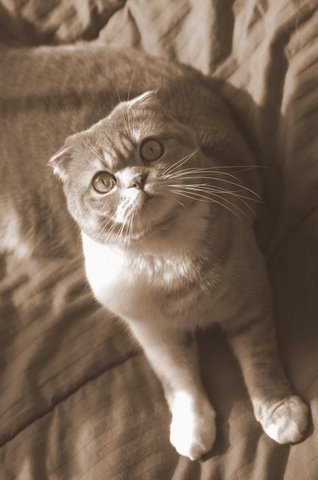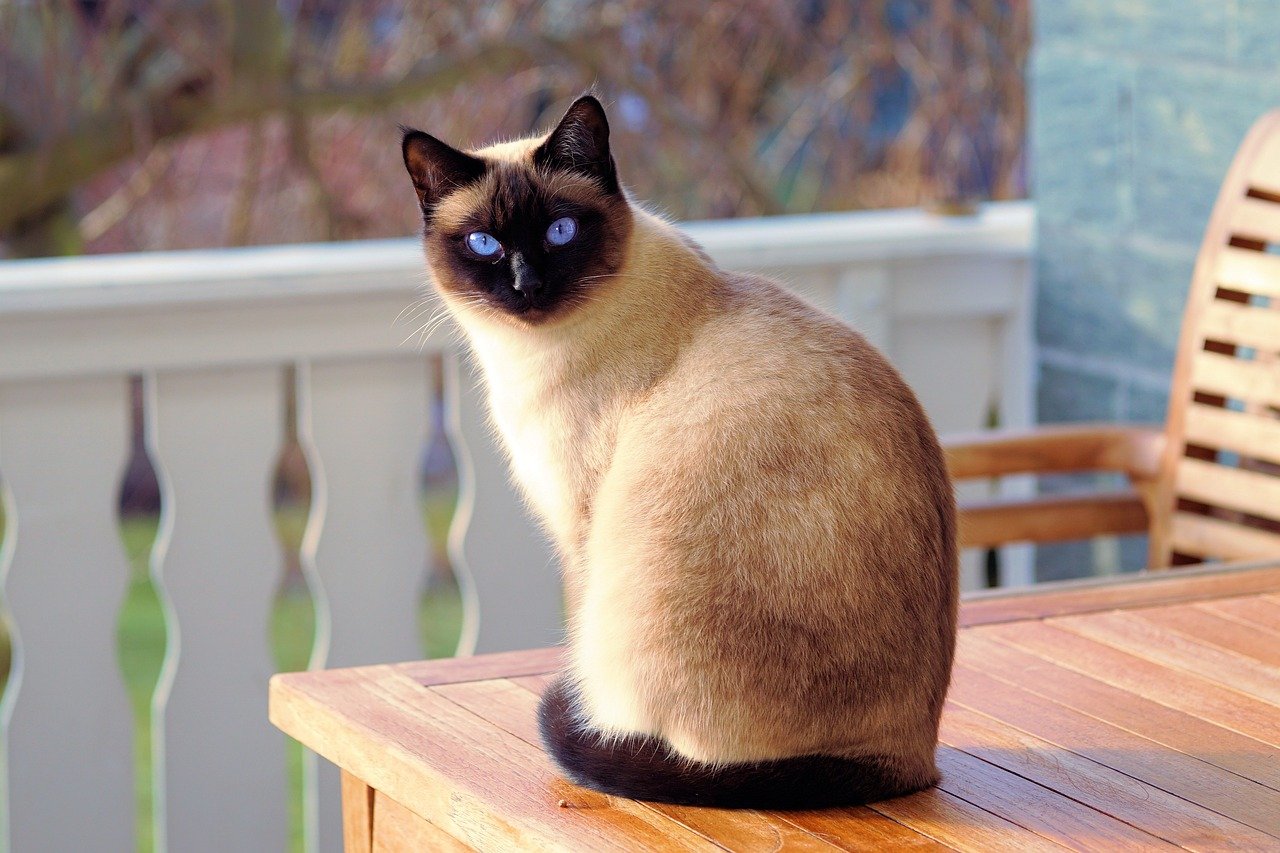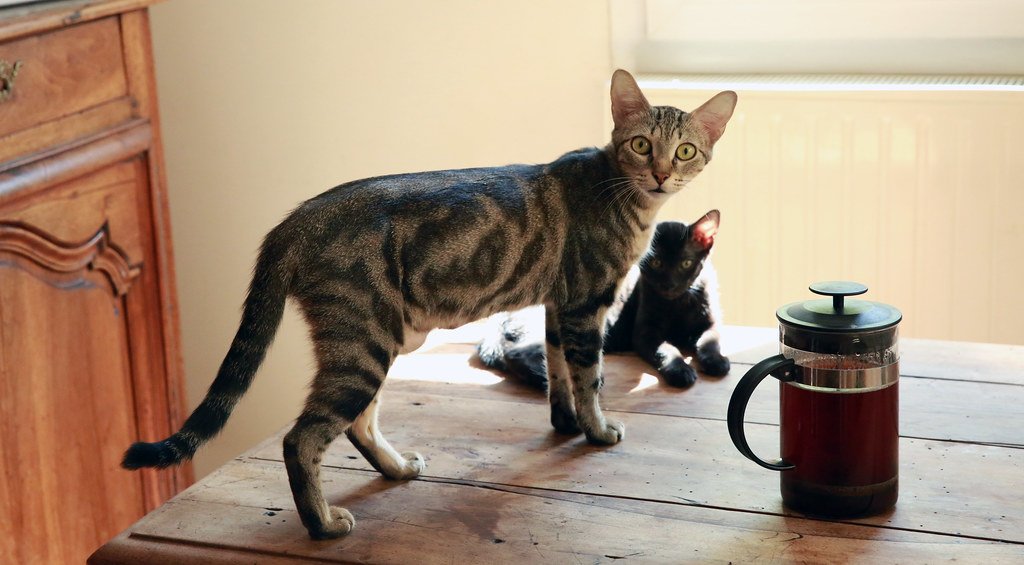Japan’s Maneki-neko: The Beckoning Cat That Brings Fortune

In Japan, the iconic Maneki-neko figurine represents more than just decoration—it’s a cultural phenomenon that spans centuries. These ceramic cats with raised paws are believed to beckon good fortune and prosperity into homes and businesses.
The tradition dates back to the Edo period, when cats were revered for protecting silk cocoons from mice. Today, you’ll find these lucky cats in every corner of Japan, from tiny convenience stores to grand temples. Different colored cats bring different types of luck: white for happiness, black for protection, and gold for wealth.
Ancient Egypt: Where Cats Were Gods and Goddesses

Ancient Egyptians didn’t just love cats—they worshipped them. The goddess Bastet, depicted with a cat’s head, ruled over protection, fertility, and motherhood. Killing a cat, even accidentally, was punishable by death.
Egyptian families would mummify their deceased cats and bury them with jewels and food for the afterlife. Archaeologists have discovered entire cat cemeteries with thousands of mummified felines. When a family cat died, household members would shave their eyebrows as a sign of mourning.
Turkey’s Van Cats: Swimming Felines of Lake Van

The Turkish Van cat breed is famous for something most cats despise—swimming. These unique felines from the Lake Van region actually enjoy water and are skilled swimmers. Their distinctive white coat with colored markings on the head and tail makes them instantly recognizable.
Local Turkish culture considers these cats sacred, believing they bring good luck to their owners. The breed is so treasured that Turkey has strict regulations about exporting them. Many Turkish families pass down stories of their Van cats’ swimming adventures through generations.
Scotland’s Highland Fold: The Owl-Faced Darlings

Scottish Fold kittens with their distinctive folded ears have captured hearts worldwide, but in Scotland, they’re considered living treasures. The breed originated from a barn cat named Susie in 1961, and every Scottish Fold today traces back to her lineage.
Scottish culture celebrates these cats for their owl-like appearance and gentle nature. Local festivals often feature Scottish Fold competitions, where owners proudly display their cats’ unique ear formations. The breed has become a symbol of Scottish pride, appearing on everything from tartan patterns to tourist souvenirs.
Russia’s Hermitage Cats: Palace Guardians of Art

The State Hermitage Museum in St. Petersburg employs over 70 cats as official guardians of one of the world’s greatest art collections. This tradition began in 1745 when Empress Elizabeth declared cats essential for protecting the palace from rodents.
These palace cats live like royalty, with their own hospital, heated basements, and dedicated caretakers. Russian culture views them as protectors of national heritage. Each cat has a passport and undergoes regular health checks, ensuring they’re fit for their important cultural duty.
Thailand’s Siamese: Royal Cats of the Kingdom

Siamese cats were once exclusive to Thai royalty, considered so sacred that stealing one was a capital offense. These elegant cats with blue eyes and color-pointed coats were believed to receive the souls of departed royals.
Thai culture is filled with legends about Siamese cats guarding temples and accompanying princesses. The cats’ crossed eyes and kinked tails were thought to result from their intense focus while guarding Buddha’s golden goblet. Today, giving a Siamese cat as a gift in Thailand is considered an honor of the highest order.
England’s Pub Cats: Furry Landlords of British Pubs

British pub culture wouldn’t be complete without its feline residents. Pub cats have been part of English tradition for centuries, serving as both pest controllers and beloved mascots. These cats often become more famous than the pubs themselves.
Many English pubs have resident cats with their own social media accounts and fan clubs. Patrons travel from across the country just to meet famous pub cats. The tradition is so ingrained that some pubs even feature cat-themed menus and merchandise, celebrating their furry landlords.
India’s Temple Cats: Sacred Guardians of Spiritual Spaces

In many Hindu temples across India, cats are considered sacred animals that protect holy spaces from negative energy. These temple cats are fed and cared for by devotees who believe that caring for them brings spiritual merit.
Indian culture associates cats with the goddess Shashthi, who protects children and pregnant women. Temple cats are often given names of deities and are treated with the same reverence as other sacred animals. Devotees believe that a cat’s purr during prayer amplifies their spiritual connection.
France’s Café Cats: Bohemian Companions of Parisian Life

Parisian café culture has always included cats as natural companions to writers, artists, and intellectuals. These café cats embody the French appreciation for independence and sophistication. Many famous authors, including Hemingway, wrote their masterpieces with café cats as silent companions.
French culture celebrates cats as symbols of mystery and elegance. Café owners often name their cats after famous French personalities, and these feline residents become part of the establishment’s identity. Regular patrons form bonds with these cats, creating a unique community centered around feline friendship.
Morocco’s Medina Cats: Guardians of Ancient Alleyways

In the bustling medinas of Morocco, cats are considered blessed creatures that bring baraka (divine blessing) to their surroundings. These street cats navigate the maze-like alleyways with remarkable skill, becoming unofficial guides for lost tourists.
Moroccan culture views feeding stray cats as an act of charity that brings good fortune. Many shopkeepers in the medina keep bowls of food and water for passing cats. The cats have become so integrated into daily life that they’re featured in local artwork and pottery designs.
Norway’s Forest Cats: Viking Companions of the North

Norwegian Forest Cats, with their thick coats and wild appearance, are deeply embedded in Norse mythology. These cats were believed to pull the chariot of Freyja, the goddess of love and fertility. Vikings valued these cats so highly that they were considered part of a bride’s dowry.
Norwegian culture celebrates these cats as symbols of strength and independence. Local folklore tells of forest cats that could walk on water and climb sheer cliffs. Modern Norwegian families often choose these cats as pets, believing they bring the spirit of their Viking ancestors into their homes.
Mexico’s Día de los Muertos: Honoring Departed Feline Friends

During Mexico’s Day of the Dead celebrations, many families create altars not just for human relatives but also for beloved cats who have passed away. These ofrendas feature photos of cherished felines alongside their favorite toys and treats.
Mexican culture believes that cats, like humans, have souls that return during this sacred time. Families share stories of their departed cats’ personalities and adventures. Some communities even hold special ceremonies where children dress as cats to honor these spiritual companions.
China’s Lucky Cats: Symbols of Prosperity and Protection

Chinese culture associates cats with good fortune and protection from evil spirits. The phrase “cat washing face” in Chinese folklore means good weather is coming. Many Chinese businesses keep cats or cat figurines to attract prosperity and ward off bad luck.
Traditional Chinese medicine attributes healing properties to cats’ purring, believing it can lower blood pressure and promote bone healing. During Chinese New Year, cat-themed decorations are popular, symbolizing the hope for a prosperous year ahead. Some regions even have cat-shaped pastries that are eaten for good luck.
Australia’s Café Culture: Rescue Cats Finding New Homes

Australia has pioneered the cat café concept where rescued cats live in café settings, allowing potential adopters to interact with them in a relaxed environment. These establishments have revolutionized pet adoption by making it a social experience.
Australian culture emphasizes animal welfare and second chances. Cat cafés often host adoption events and educational programs about responsible pet ownership. The concept has spread globally, but Australia remains at the forefront of innovative approaches to connecting cats with loving families.
Iran’s Persian Cats: Aristocratic Beauties of Ancient Persia

Persian cats, with their luxurious long coats and flat faces, originated in ancient Persia (modern-day Iran). These cats were prized by nobility and often given as diplomatic gifts to foreign dignitaries. Their serene temperament and regal appearance made them symbols of wealth and refinement.
Iranian culture celebrates Persian cats as living artworks, with their flowing coats requiring daily grooming that becomes a meditative practice. Traditional Persian poetry often references cats as symbols of beauty and grace. Even today, owning a Persian cat in Iran is considered a mark of sophistication and cultural appreciation.
Conclusion: The Universal Language of Feline Love

From the temples of Thailand to the cafés of Paris, cats have woven themselves into the fabric of human culture worldwide. Each society has found unique ways to honor these remarkable creatures, whether through religious reverence, artistic celebration, or simple daily companionship.
These cultural traditions remind us that while languages and customs may differ, the bond between humans and cats transcends all boundaries. Every whisker twitch, every purr, and every gentle head bump speaks the same universal language of love and trust.
What makes this global appreciation even more remarkable is how cats have maintained their independence while becoming integral parts of our lives. They’ve managed to be both wild and domestic, mysterious and familiar, sacred and everyday—all at the same time.
Hi, I’m Bola, a passionate writer and creative strategist with a knack for crafting compelling content that educates, inspires, and connects. Over the years, I’ve honed my skills across various writing fields, including content creation, copywriting, online course development, and video scriptwriting.
When I’m not at my desk, you’ll find me exploring new ideas, reading books, or brainstorming creative ways to solve challenges. I believe that words have the power to transform, and I’m here to help you leverage that power for success.
Thanks for stopping by, Keep coming to this website to checkout new articles form me. You’d always love it!






